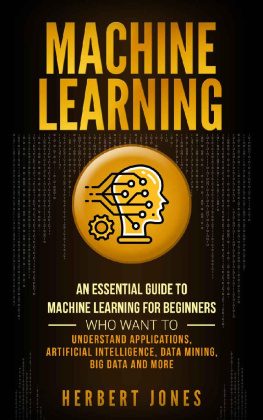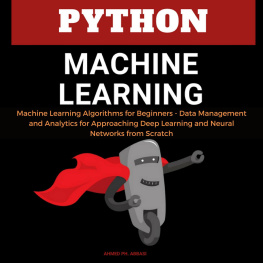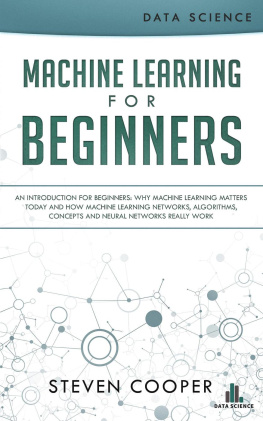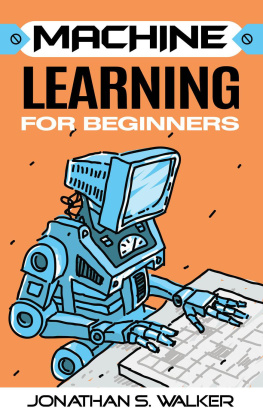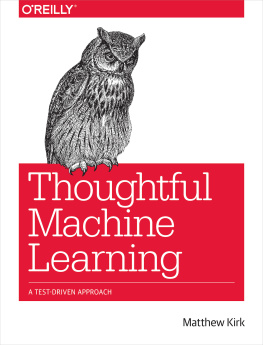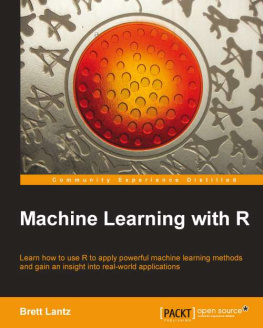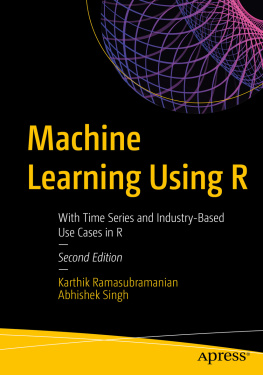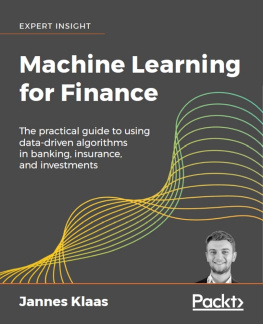Copyright 2018
All rights Reserved. No part of this book may be reproduced in any form without permission in writing from the author. Reviewers may quote brief passages in reviews.
Disclaimer: No part of this publication may be reproduced or transmitted in any form or by any means, mechanical or electronic, including photocopying or recording, or by any information storage and retrieval system, or transmitted by email without permission in writing from the publisher.
While all attempts have been made to verify the information provided in this publication, neither the author nor the publisher assumes any responsibility for errors, omissions or contrary interpretations of the subject matter herein.
This book is for entertainment purposes only. The views expressed are those of the author alone, and should not be taken as expert instruction or commands. The reader is responsible for his or her own actions.
Adherence to all applicable laws and regulations, including international, federal, state and local laws governing professional licensing, business practices, advertising and all other aspects of doing business in the US, Canada, UK or any other jurisdiction is the sole responsibility of the purchaser or reader.
Neither the author nor the publisher assumes any responsibility or liability whatsoever on the behalf of the purchaser or reader of these materials. Any perceived slight of any individual or organization is purely unintentional.
Table of Contents
Introduction
Comfortably seated on the thick cushion, Mark Zuckerberg took a sip of water and calmly replied, Senator, I will have to get back to you on that one. It was March 2018, he was in the middle of Cambridge Analytica hearing and his 44 Congress interlocutors (their average age being 62) struggled to grasp how Facebook works. As far as Mark was concerned he didnt just dodge a bullet, he dodged a meteor that threatened to blow the most insidious data harvesting scheme of the decade out of the water. Nobody understood the true meaning of the Cambridge Analytica scandal, not the Congress, not the general public nor media pundits and Mark wasnt about to tell. An outside company, Cambridge Analytica got ahold of enormous amounts of personal data from unsuspecting Facebook users that was then fed into a machine to have it try and predict the voting behavior of those people. In short, it was about machine learning .
This book will explain the concepts, methods and history behind machine learning, including how our computers became vastly more powerful but infinitely stupider than ever before and why every tech company and their grandmother want to keep track of us 24/7, siphoning data points from our electronic devices to be crunched by their programs that then become virtual crystal balls, predicting our thoughts before we even have them. Most of it reads like science fiction because in a sense it is , far beyond what an average person would be willing to believe is happening.
Theres a lot of dry math and programming lingo in machine learning, but seeing how this is a read intended for beginners, Ive cut it all down as much as possible and pushed it to the very end of this book while keeping the concepts intact. There is no need for any particular expertise or education to understand this book, but if the reader has either it is my hope theyll find this book an insightful and enjoyable read.
Chapter 1 What is machine learning?
The actual definition of machine learning is having a computer do a task and giving it an experience that makes the computer do the task better. Its like if we taught the machine how to play a video game and let it level up on its own. The idea is to avoid manually changing the code in the program, but rather to make it in such a way that it can build itself up, adapt to user inputs in real time and just have a trusted human check in on it every once in a while. If things go awry, shut it all down, see where the problem arose and restart the updated project.
There can be a human involved from the start if the machine learning involves supervised learning , in which a person helps the program recognize patterns and draw conclusions on how theyre related; otherwise, its unsupervised learning , where the program is left to find meaning in a mass of data fed to it. Email spam filters are a great example of supervised learning, where well click the Spam button and the machine will learn from it, looking for similarities in the incoming emails to deal with spam before we do. An example of unsupervised machine learning would be a trend analysis program that looks at the stock market trying to figure out why a certain stock moved and when it will move again. Any human would be at a loss as to why the trends happened, so the machines answer is as good as any. If its predictions make us a fortune, we keep the program running.
There are different subtypes of machine learning, each of which can be used as supervised or unsupervised with different efficiency:
- classification has the machine provide a model that labels incoming data based on what previous data was labeled as (spam filters classify emails as spam or non-spam)
- regression analysis is a way to crunch statistical data and produce a prediction of future trends based on how variables relate to one another
- density estimation shows the underlying probability for any given distribution (such as the Bob and Fred example mentioned below)
- dimension reduction is a way to simplify inputs and find common properties (for example, a book sorting algorithm that would try to sort books into genres based on keywords in titles)
- clustering has the program cluster data and label clusters on its own
- learning to learn (aka meta learning) gives a set of previously tried machine learning models to a program, and lets it choose the most suitable one and improve upon it.
Machine learning is an iterative science thanks to the capability of any given computer to run through a program thousands of times in a single day, slightly changing with each new pass until the result is measurably better. If that sounds like the evolution of living things, its because thats exactly what it is. In theory, a program thats taught how to self-learn and is then left on its own will become exponentially smarter, quickly surpassing animal and human intelligence. Its at this point that we find ourselves falling down the rabbit hole: do we have the right to edit or kill such a program? Does it have human rights and free will or is it bound to the will of its creator? Can it feel pain? Would it try to usurp our place? Will it become conscious ?
Chapter 2 Whats the point of machine learning?
Its a typically human thing to try something new and get hurt in all sorts of hilarious ways, like touching a hot stove. We do these things because were ultimately driven by curiosity: the unyielding need to know, feel and experience. We want to know what will happen when we touch the hot stove and the pain we felt made us pull our hand back, teaching us something about how the world works. The minor burn will eventually fade away but the experience will stay, just like in a video game. In the meantime youd better get some ointment.
Thanks to our body and the way it provides feedback, our brain will experience a constantly changing environment that will have it adapt and learn new skills, such as cooking, skiing and confidently walking a dog, driven by that same curiosity that made us touch a hot stove. Later on we might even connect the dots and figure out that the sun, a candle and a torch sear just the same merely based on us having touched a hot stove. These abilities of curiosity, error correction and understanding abstract concepts seem to be rooted in the biology of all living things and is what brought our civilization to this stage. But could a computer be made to learn the same abilities?

